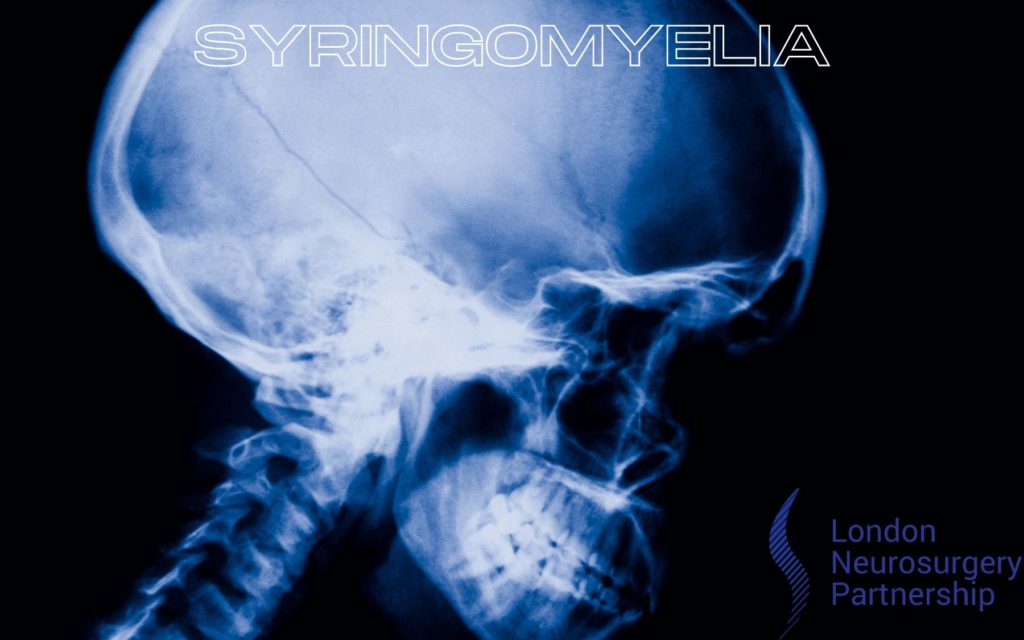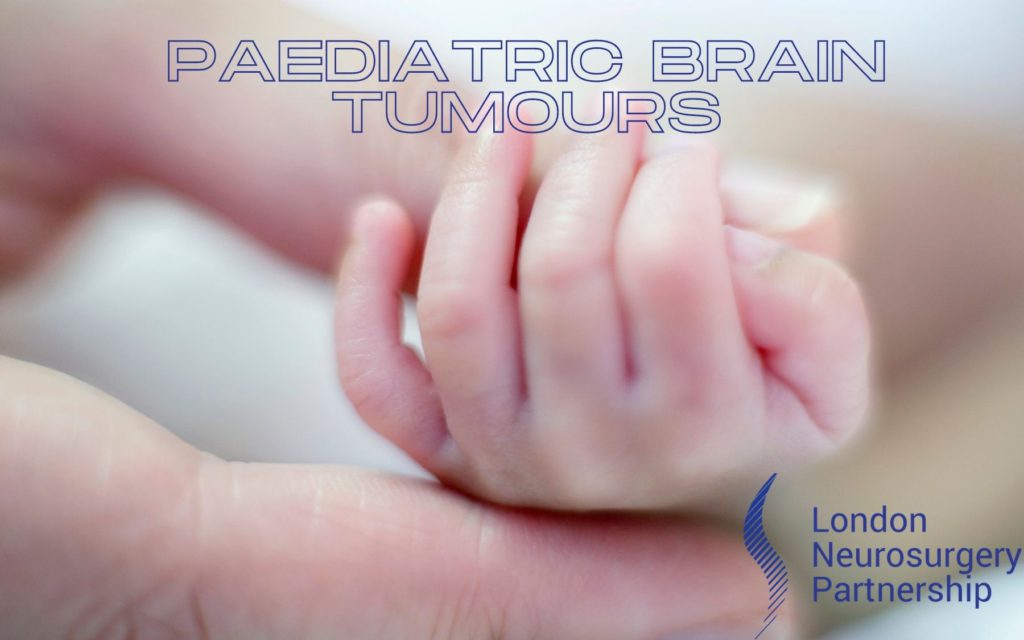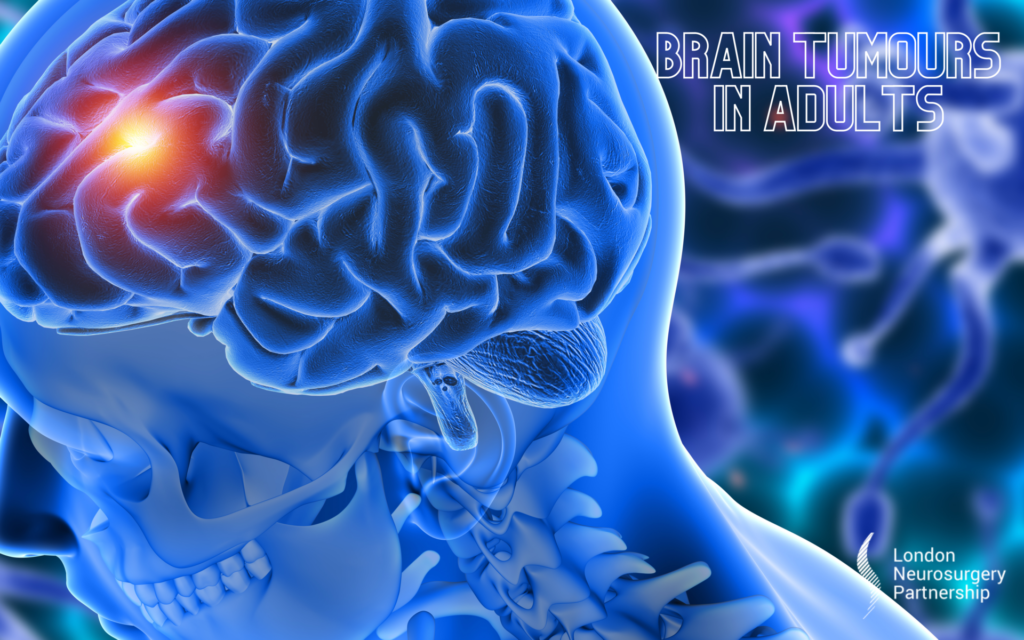
Mr Sanj Bassi explains what syringomyelia is:
Syringomyelia is a fluid filled cyst (syrinx) that has developed within the spinal cord. The syrinx will get larger over time and will start to compress and damage the spinal cord.
The formation of the syrinx is when the cerebrospinal fluid that circulates and protects the brain, turns back on itself, towards the spine and collects tissue from the spinal cord which then causes a small cyst. Over time, the cerebrospinal fluid will gradually fill the cyst which causes the compression and damage to the spinal cord.
The causes of syringomyelia do include, damage and injury to the spinal cord, tumours and most commonly Chiari malformation.
Patients who have syringomyelia may experience symptoms like those listed below:
- Headache
- Weakness, numbness and stiffness in the back, legs, arms and shoulders
- Intense pain in the neck and shoulders and face
- Difficulty walking
- Muscle weakness and signs of wasting
- Reduced sensitivity (unable to feel hot or cold)
- Loss of pain sensation
- Bladder and bowel dysfunction
- Scoliosis (spinal curvature)
- Although symptoms do vary from patient to patient so it is important to watch out for signs. Usually patients experience early symptoms of weakness in their back, neck, arms and legs and loss of reflexes first.
How is syringomyelia diagnosed?
If a patient is presenting with the above symptoms associated with syringomyelia then their doctor talk through their medical history and perform a physical examination to look for signs of the condition. It will then be necessary to refer the patient for an MRI or CT scan of the spine. This scan will be able to produce detailed imaging of the patient’s spine and pick up any syrinx on the spinal cord.
What are the different causes of syringomyelia?
Chiari 1 malformation is the main cause for syringomyelia. Chiari is a malformation where the bottom part of the brain protrudes the spinal canal. If you would like to read more about Chiari from our previous blogs then click here.
Other causes may be injury to the spinal cord, spinal tumour, meningitis and a tethered cord which is a condition present at birth
How is syringomyelia treated?
There are a few different ways to treat syringomyelia and it all depends on the severity and whether it is affecting the patient’s day to day life.
Watch and wait – this option would be for patients with a less disruptive syringomyelia and it may have been caught early on where the cyst is still very small. As this condition can be slow growing, it may not be necessary to go ahead with treatments just yet, especially if the patient is not presenting with any symptoms.
Medication – although syringomyelia cannot be treated through medication, it can help some of relieve some of the symptoms that it is causing.
Draining the syrinx (shunt) – this is a surgical procedure in which the consultant inserts a tube which drains the fluid in to another area of the body such as the abdomen and prevents backflow.
Other surgical options can be removing the tumour or a growth which may be obstructing the spinal cord. If the patient has Chiari malformation then the surgeon will aim to free up and expand the base of the cerebellum and improve the flow of cerebrospinal fluid.
The patient will need consistent follow up care just in case the syrinx comes back. Your doctor will perform regular scans and follow up appointments to check whether there is any changes.
The patient must be aware that a syrinx can cause permanent spinal damage even after surgery so it is important that the patient understands the risks with and without surgery.
If you have any of the above symptoms and/or are suffering from syringomyelia and would like diagnosis and treatment then please do not hesitate to contact us.
This article is intended to inform and give insight but not treat, diagnose or replace the advice of a doctor. Always seek medical advice with any questions regarding a medical condition.
Back to brain conditions.





0 Comments